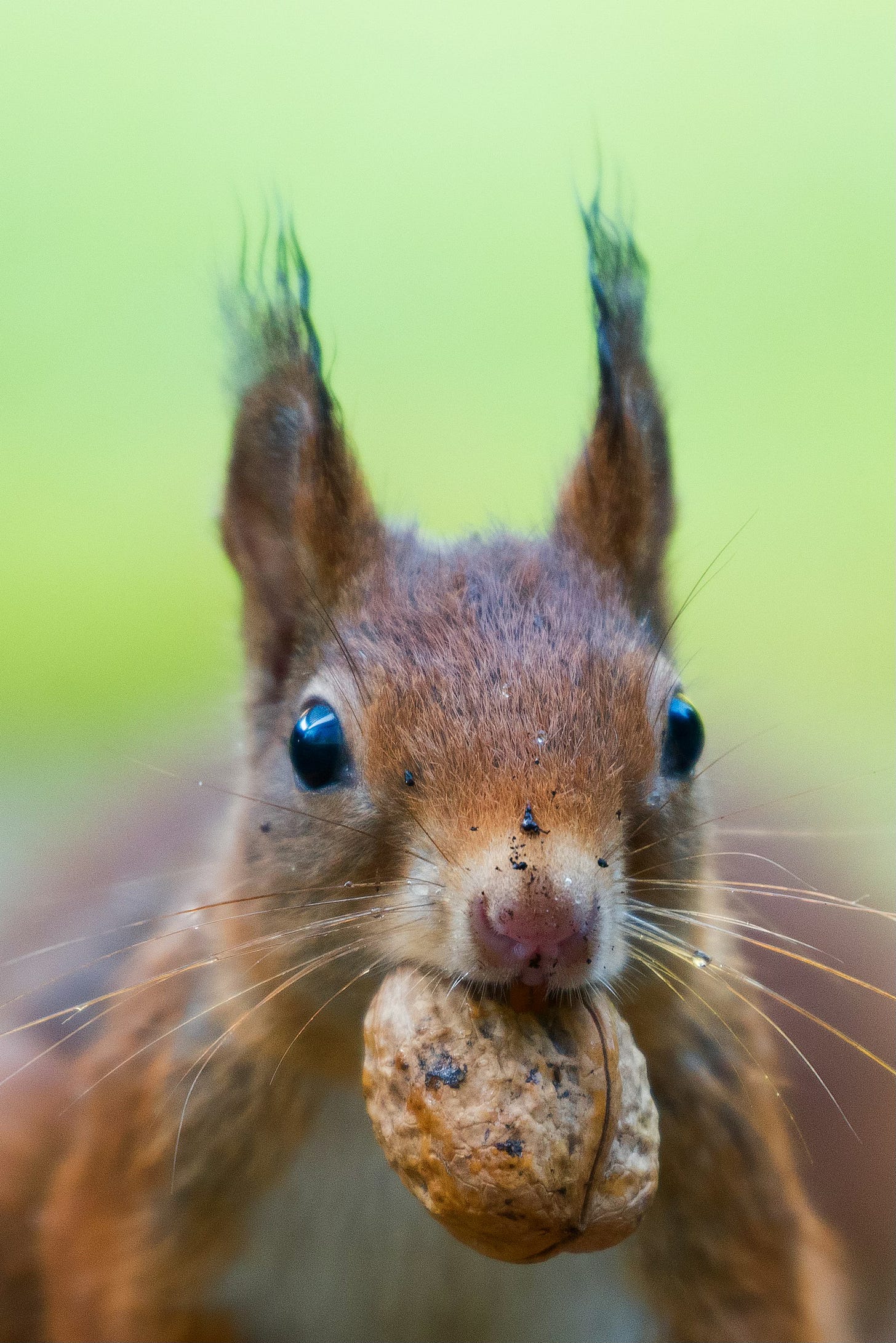Cate Blanchett is one of the few people who could make more than us die-hards want to hear about climate change. So, if you haven’t seen the new Netflix series she narrates, Our Living World, I recommend it.
The first episode is stunning in its sweep of imagery, making the ecological, Buddhist, and systems thinking principle that “everything is connected” seem not merely an abstract idea but a gorgeous, mind-blowing experience.
What I keep thinking about, however, is the story of the Brazil Nut Tree. Famously hard to crack, the Brazil Nut seed pod falls to the Earth from a height of 100 feet or more. It can weigh up to five pounds and reach a speed of 50 miles per hour—easily enough to smash your skull, as the Biomimicry Institute puts it.
Yet the Brazil Nut seed pod doesn’t crack when it hits the Earth. In fact, only one creature can crack it. And it’s not the biggest, toughest, strongest creature in the forest. It’s the Agouti, a rodent that usually weighs under ten pounds and grows no longer than two feet.
What the Agouti has going for it are its teeth, which are perfectly angled to pry it open—naturally, for a reason. More nuts or seeds are inside than the slight Agouti can eat, so they bury what they don’t, dispersing them and propagating the Brazil Nut tree.
Ahh, nature. There is so much we can learn from it.
Case-in-point: To tackle big problems, we don’t necessarily need the biggest nutcrackers. Or, in more concrete terms, we don’t always need to meet complexity with complexity.
In fact, small steps or simple shifts are a better way to engage more people in helping pry open big nuts—because, let’s face it, simple shifts are what we have at our disposal. Shifts in how we view, experience, and respond to problems.
This is especially relevant when tackling challenges that require collective action, whether in business, nonprofits, schools, society, or any other group. Because while we know that personal problems will only be solved if we rise to them, our sense of responsibility for collective problems tends to be much more dispersed.
Decades of research into the bystander effect, for example, have shown that the more people observe someone in trouble, the less likely they are to respond. (More recent research suggests a somewhat more charitable view of human nature, as Elizabeth Svoboda writes in Greater Good Magazine.)
So what happens when people learn of many people in trouble because of big, hard-to-comprehend systemic challenges?
At home, we might turn to Netflix for something less mind-blowing and more mind-numbing. At work or socially, we might simply disengage. Of course, this doesn’t help with problem-solving or our well-being.
But small shifts can. Next week, I’ll explore one of these in more detail. In the meantime, I’d love to hear what shifts in thinking about big problems have helped you.
Have a great week!
Lisa





Love this analogy/story of the nut cracker - I have subscribed, thanks for sharing.
Love this. Focusing on positive solutions has been a game changer for me.